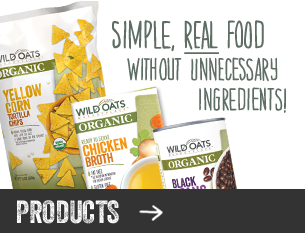As I was headed though some Michigan farmland at about dusk, I spotted a couple of deer grazing at the edge of a field of emerging corn.
Previously, I blogged about the family whose decision to go organic was driven by their concern about exposing their children to toxic chemical pesticides. As I drove past the deer, I got to thinking about the impact of those pesticides on the other residents of America’s farmland: wildlife.
Later in my hotel room, I pulled up the website for the U.S. Fish and Wildlife Service, the federal agency charged with protecting the nation’s wildlife species. What I read was rather sobering.
“Significant fish and bird kills have resulted from the legal application of pesticides, with millions of fish and birds estimated to die from pesticide exposure each year,” the website reported. According to the Fish and Wildlife Service, a study found pesticide residues in 80% of the fish sampled. And, pesticides are a potential cause of deformities in amphibians like frogs, and for the decline in honeybees and other beneficial insects.
Farmers and ranchers pride themselves on serving as stewards of the bulk of the open space and wildlife habitat in the United States. The farmers and ranchers who produce organic crops and livestock can certainly take extra pride in their stewardship role. So keep in mind that going organic is not only a great choice for people, it helps to protect precious wildlife, too.


 Contact us
Contact us





